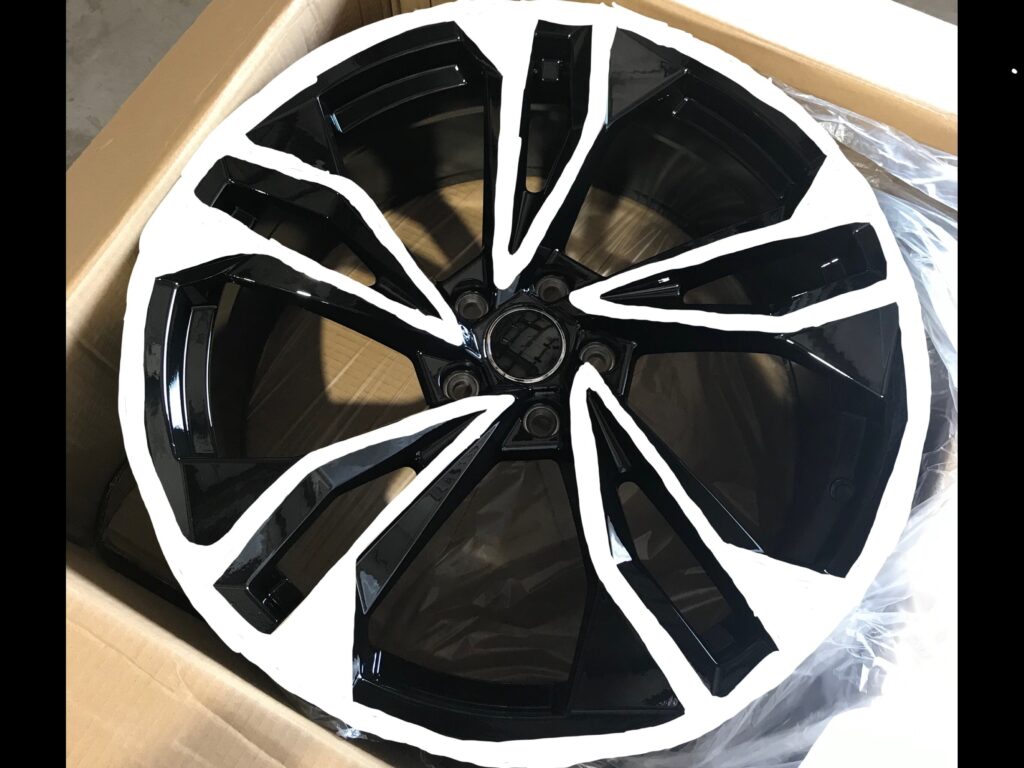Powder coating is a versatile and durable finish applied to a wide range of products and surfaces, from automotive components to outdoor furniture. It’s a popular choice due to its long-lasting, protective qualities, but one common question often arises: Is powder coating always shiny? The answer is more nuanced than a simple yes or no, and understanding the factors that influence the finish can help you make the best decision for your project.
The Versatility of Powder Coating Finishes
Powder coating is not a one-size-fits-all solution. While many people associate it with a high-gloss, shiny finish, the reality is that powder coating can be customized to achieve a variety of textures and appearances. The final look depends on several factors, including the type of powder used, the application process, and the desired aesthetic outcome.
There are three primary types of finishes you can achieve with powder coating in New Orleans: gloss, satin, and matte. A gloss finish offers the high-shine appearance that many associate with powder coating. It’s often chosen for its ability to highlight the contours and details of an object, making it a popular choice for automotive parts and decorative metalwork.
On the other hand, a satin finish provides a softer sheen, somewhere between matte and gloss. It offers a refined look that doesn’t reflect as much light as a high-gloss finish but still provides a noticeable sheen. This finish is ideal for applications where a less reflective surface is preferred, such as in furniture or architectural elements.
Finally, the matte finish has little to no shine, offering a flat appearance. This finish is excellent for creating a subtle, understated look. It’s often used for industrial equipment, certain automotive components, and other items where a more muted appearance is desired.

Factors Influencing the Finish
Several factors can influence whether your powder coating finish is shiny or not. One of the primary considerations is the powder formulation itself. Different powders are engineered to achieve different finishes, and your choice will largely determine the final appearance. Additionally, the curing process—which involves heating the coated object to a specific temperature—can also impact the level of gloss. The temperature and duration of curing can enhance or reduce the shine of the finish.
Surface preparation is another critical factor. A smooth, well-prepared surface will usually result in a glossier finish, while a rough or uneven surface might produce a more matte appearance. This is why meticulous preparation is key in any powder coating process, ensuring the best possible outcome for the desired finish.
When to Choose a Non-Shiny Finish
Not all projects require or benefit from a shiny finish. For instance, in outdoor applications where glare might be an issue, a matte or satin finish could be more appropriate. Similarly, in environments where fingerprints or smudges are a concern, a non-glossy finish might be preferable as it tends to hide marks better than a shiny surface.
For those considering powder coating in New Orleans, it’s essential to consult with professionals who understand the local climate and how it can affect the longevity and appearance of different finishes. High humidity and frequent rain can influence the performance of powder-coated surfaces, so selecting the right finish is crucial.
Conclusion: Choosing the Right Finish for Your Needs
Whether you’re looking for a high-gloss finish to make your project stand out or a matte finish for a more subdued look, powder coating offers a range of options to meet your needs. The key is to understand the specific requirements of your project and to work with experts who can guide you through the process. At Armadillo Automotive and Powder Coating, we specialize in delivering tailored solutions that meet the unique needs of each client. Contact us today to discuss your powder coating project and discover how we can help you achieve the perfect finish, whether shiny or matte.
